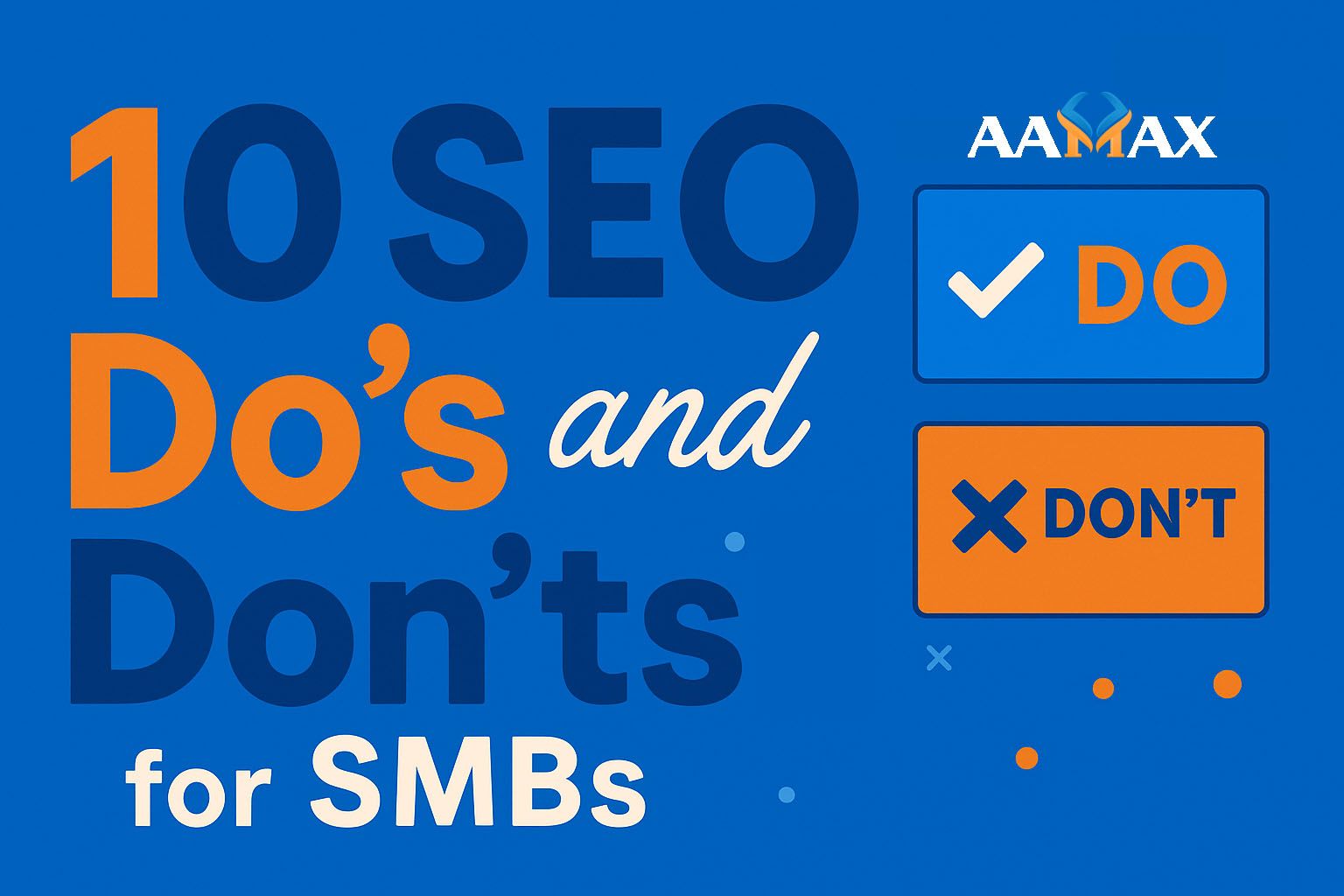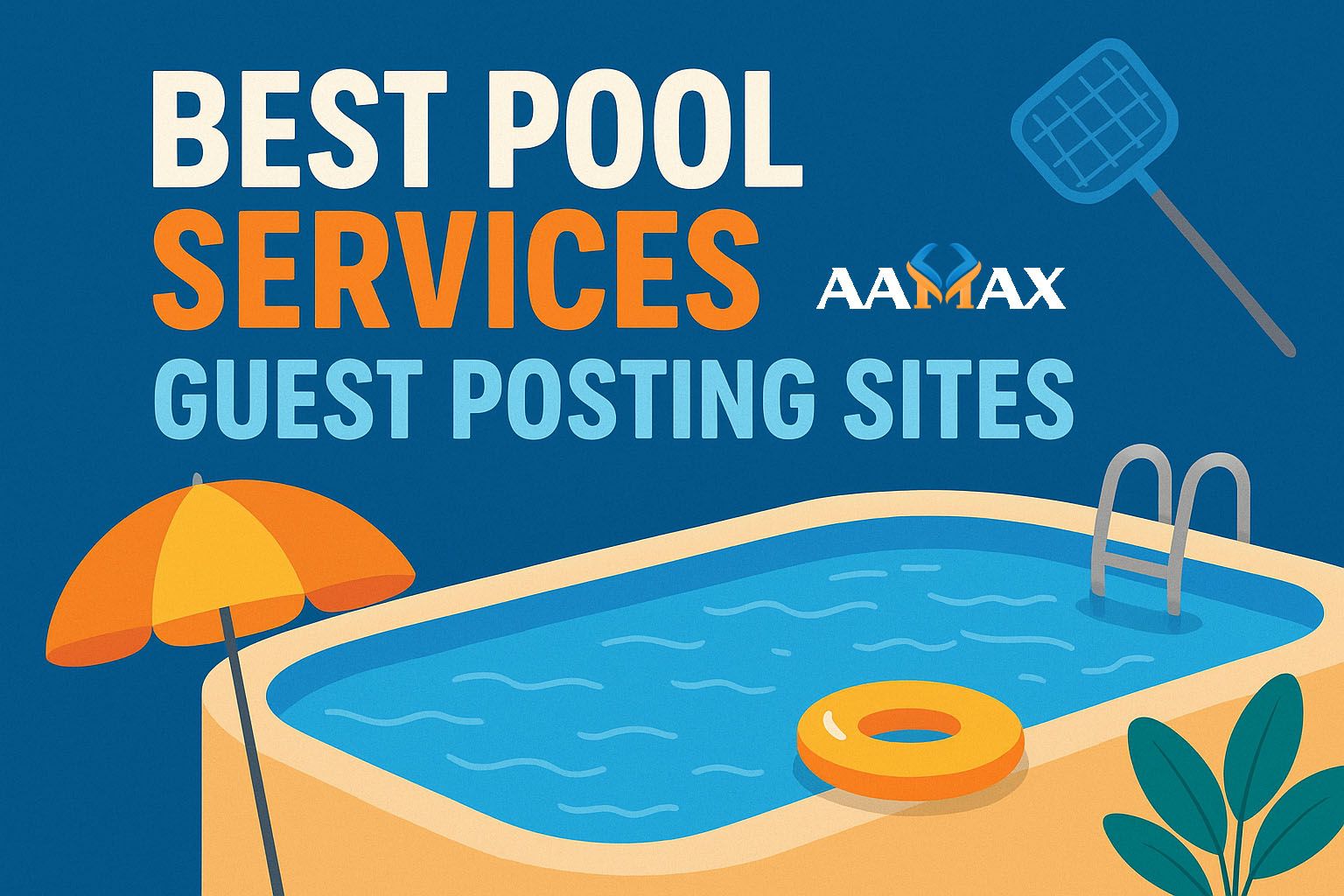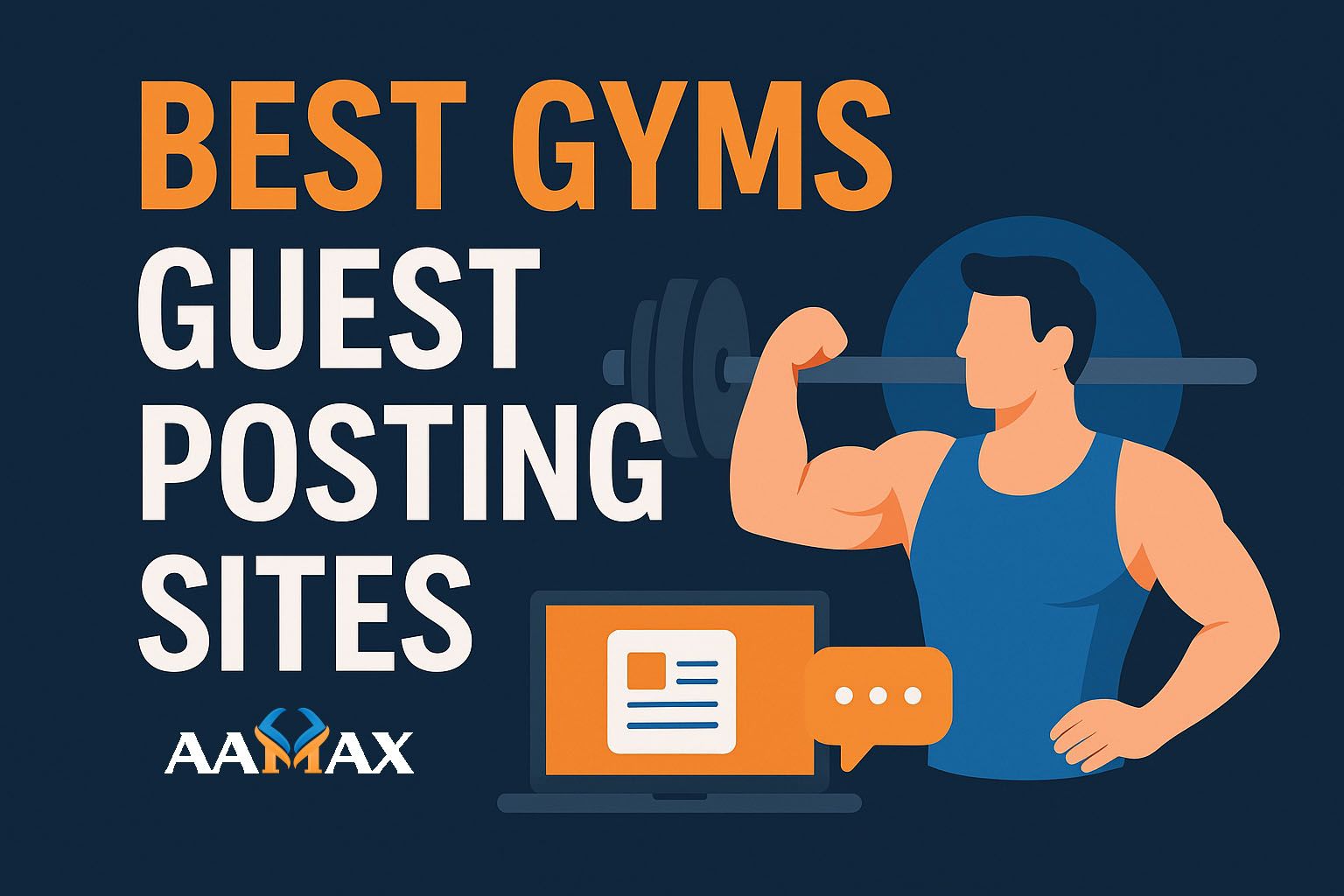
10 SEO Do’s and Don’ts for SMBs
Search Engine Optimization (SEO) is essential for small and medium-sized businesses (SMBs) trying to gain visibility online, increase website traffic, and convert visitors into customers. But SEO is a double-edged sword—done correctly, it can boost your business significantly; done incorrectly, it can push your site further down in search rankings.
This comprehensive guide covers 10 crucial SEO Do’s and Don’ts that every SMB should follow to build sustainable digital growth and avoid costly mistakes.
✅ DO #1: Optimize for Local SEO
If you operate locally, optimizing for local search is essential. This means:
- Claiming and optimizing your Google Business Profile
- Including NAP (Name, Address, Phone) consistency across all platforms
- Gathering positive local reviews
- Using location-specific keywords
Local SEO helps your business appear in “near me” and geo-specific search results, especially on mobile.
❌ DON’T #1: Ignore Mobile Optimization
Over 60% of all web searches now come from mobile devices. If your site isn’t mobile-friendly, not only will you lose visitors, but Google will penalize your rankings. Make sure your website:
- Uses responsive design
- Loads quickly on all devices
- Is easy to navigate on smaller screens
Ignoring mobile usability is one of the fastest ways to lose potential customers.
✅ DO #2: Conduct Keyword Research
Use tools like Google Keyword Planner, SEMrush, or Ubersuggest to discover what your audience is searching for. Proper keyword research allows you to:
- Understand user intent
- Identify long-tail opportunities
- Build content that solves problems
Don't guess—data-driven SEO starts with smart keyword research.
❌ DON’T #2: Stuff Keywords
Overloading your content with keywords in an unnatural way is called keyword stuffing, and it will hurt your rankings. Google’s algorithm now prioritizes content that reads naturally and provides value, not content that tries to game the system.
Use keywords strategically and sparingly, and focus on relevance over repetition.
✅ DO #3: Create High-Quality Content
“Content is king,” and that still holds true. Google wants to deliver value-driven results, which means your content should be:
- Useful and informative
- Well-structured with headings and bullet points
- Updated regularly
- Original and not plagiarized
Your content should aim to solve your audience’s problems, answer questions, and keep them engaged.
❌ DON’T #3: Rely on Duplicate Content
Copying content from other websites—or even duplicating your own across multiple pages—can hurt your SEO. Google’s bots prioritize originality. Duplicate content confuses search engines and dilutes your site authority.
Always write fresh, unique content for each page and avoid copying and pasting across your site.
✅ DO #4: Build High-Quality Backlinks
Backlinks (links from other reputable websites to yours) signal authority to search engines. The more relevant, high-authority sites linking to you, the better your SEO performance.
Ways to get good backlinks include:
- Guest blogging
- Getting featured in directories
- Sharing data or insights that others cite
- Building partnerships
❌ DON’T #4: Buy Links
Purchasing backlinks from shady sites is a black-hat SEO tactic and violates Google’s policies. It may give you a short-term boost, but it can result in penalties or being de-indexed entirely.
Always focus on earning links organically, not gaming the system.
✅ DO #5: Optimize Title Tags and Meta Descriptions
Your title tag and meta description are the first things users see on the search results page. A compelling, keyword-rich title and description can drastically improve click-through rates (CTR).
Best practices include:
- Keep titles under 60 characters
- Use a clear call-to-action in your meta description
- Include your primary keyword early
❌ DON’T #5: Ignore Metadata
If you leave your title and meta description blank—or let WordPress generate it automatically—you’re missing a huge opportunity. Also, don’t stuff metadata with keywords or make it misleading.
Metadata is your first impression in search results. Treat it with importance.
✅ DO #6: Use Clean URLs
Search engines—and users—prefer clean, descriptive URLs. Instead of:
yourdomain.com/page?id=123
Use:
yourdomain.com/seo-tips-for-small-business
This makes your URLs more clickable, understandable, and indexable by search engines.
❌ DON’T #6: Use Dynamic or Messy URLs
Avoid URLs that include random numbers, long strings, or special characters. They look spammy and provide no context to users or search engines.
Always aim for readable, keyword-focused URLs.
✅ DO #7: Monitor Performance with Analytics
SEO is not a set-it-and-forget-it activity. Use tools like Google Analytics, Google Search Console, and third-party SEO platforms to monitor:
- Keyword rankings
- Page load speed
- Bounce rates
- Backlink profile
These insights allow you to pivot your strategy and double down on what’s working.
❌ DON’T #7: Rely on Guesswork
If you’re not tracking data, you’re flying blind. Don't rely on hunches—use real metrics to drive SEO decisions. This is where many SMBs go wrong: they assume things are working without validating.
Data is your best compass in the SEO landscape.
✅ DO #8: Improve Page Speed
Page speed is both a user experience and ranking factor. If your site takes longer than 3 seconds to load, you’re losing traffic.
Ways to improve speed:
- Compress images
- Minify CSS and JavaScript
- Use a CDN (Content Delivery Network)
- Enable browser caching
A fast website = better SEO and higher conversion.
❌ DON’T #8: Overload with Plugins and Media
While plugins can add functionality, too many of them slow down your site. Also, avoid uploading uncompressed images or large videos directly to your pages.
Lean, efficient websites rank better and retain users longer.
✅ DO #9: Focus on User Intent
Understand why someone is searching, not just what they’re typing. Google has evolved to prioritize content that best matches user intent—informational, navigational, transactional, etc.
Write content that answers questions, solves problems, or makes decisions easier.
❌ DON’T #9: Focus Only on Rankings
Getting to the top of Google is meaningless if it doesn’t bring the right traffic or convert visitors. Don’t chase rankings for vanity keywords—target keywords that matter to your specific audience and business goals.
Think value over volume.
✅ DO #10: Partner with SEO Experts
SEO is a constantly evolving field. Algorithms change, tools evolve, and competition gets fiercer. That’s why many SMBs turn to professional SEO agencies for strategy, implementation, and results.
If you’re looking to elevate your SEO game, consider partnering with AAMAX, a full-service digital marketing company specializing in SEO, web development, and digital strategy. Their team understands the nuances of SEO for SMBs and can tailor a plan that delivers measurable ROI.
❌ DON’T #10: Expect Overnight Results
SEO is a marathon, not a sprint. It can take weeks or even months to see the full impact of your SEO efforts. Many SMBs abandon their strategy too early, expecting instant results.
Understand that patience and persistence are part of the process. Consistency wins in the long run.
Final Thoughts
SEO success for SMBs lies in mastering the fundamentals and avoiding common pitfalls. By following these 10 Do’s and Don’ts, you lay the groundwork for sustainable growth, increased visibility, and a stronger online presence.
And remember, if SEO feels overwhelming or time-consuming, don’t hesitate to hire professionals like AAMAX who can help you get the job done right.
Elevate your digital game—the smart way.







